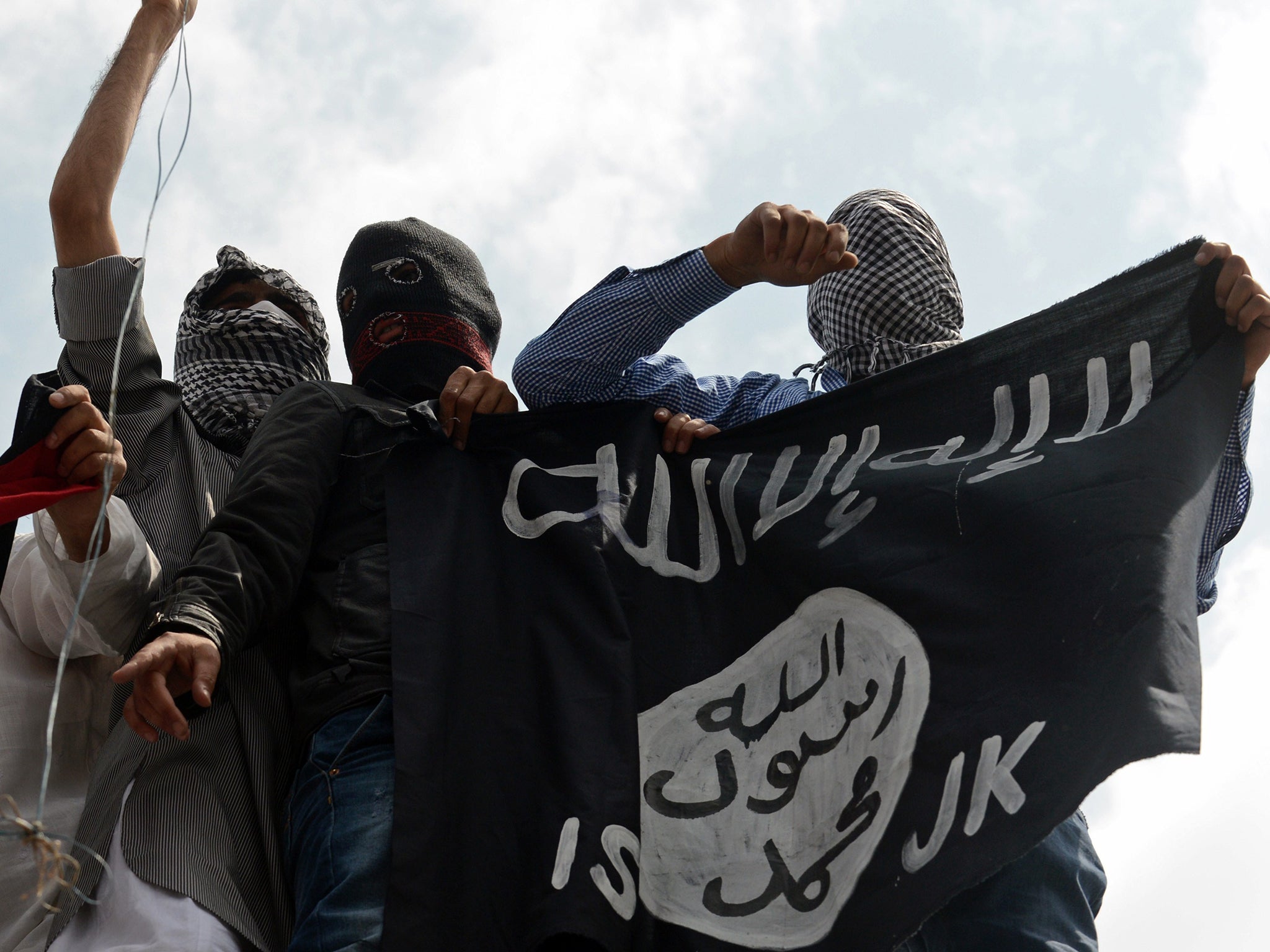Isis loses territory the size of Ireland within 18 months
Research firm IHS says group likely to step up attacks on civilians in near future

Your support helps us to tell the story
From reproductive rights to climate change to Big Tech, The Independent is on the ground when the story is developing. Whether it's investigating the financials of Elon Musk's pro-Trump PAC or producing our latest documentary, 'The A Word', which shines a light on the American women fighting for reproductive rights, we know how important it is to parse out the facts from the messaging.
At such a critical moment in US history, we need reporters on the ground. Your donation allows us to keep sending journalists to speak to both sides of the story.
The Independent is trusted by Americans across the entire political spectrum. And unlike many other quality news outlets, we choose not to lock Americans out of our reporting and analysis with paywalls. We believe quality journalism should be available to everyone, paid for by those who can afford it.
Your support makes all the difference.Isis has lost a quarter of its territory – an area the size of Ireland – across Iraq and Syria in the last 18 months, research firm IHS has said.
It found the territory controlled by the ultra-hardline Sunni group shrank from 90,800 sq km (35,000 square miles) in January 2015 to 68,300 sq km (26,370 square miles).
IHS said this has led the militant group to step up attacks on civilian targets in the Middle East and in Europe and that this is likely to intensify in the coming months.
Columb Strack, senior analyst at IHS and lead analyst for the IHS Conflict Monitor, said: "As the Islamic State's caliphate shrinks and it becomes increasingly clear that its governance project is failing, the group is re-prioritizing insurgency.
"As a result, we unfortunately expect an increase in mass casualty attacks and sabotage of economic infrastructure, across Iraq and Syria, and further afield, including Europe."
The Iraqi military's recapture of Falluja, an Islamic State stronghold just west of Baghdad, last month has led the insurgents to step up bombings on Shi'ite Muslim targets.
Nearly 300 people died when an Isis suicide bomber struck in a busy shopping district in Baghdad a week ago, in one of the worst such attacks by the group to date.
Isis lost control of the city of Ramadi at the end of last year, another key stronghold for the group which captured large swathes of Iraq in 2014. The army is now gearing up to retake Mosul, the largest city in Iraq's north and Isis' de facto capital.
In Syria, the militants lost ground this year to both Russian and Iranian-backed forces supporting President Bashar al-Assad and to the U.S.-backed Syria Democratic Forces (SDF) alliance.
In February the SDF captured the town of al Shadadi, a major logistics hub for the militants, and in March Syrian and allied forces backed by Russian air strikes drove Islamic State out of the ancient Syrian city of Palmyra and surrounding areas.
An SDF advance is underway to retake areas north of Islamic State's de facto capital in Syria, Raqqa.
Last week, at least 35 people were killed and over 60 wounded in a triple suicide attack by Isis at a Shia holy site.
Several gunmen are alleged to have opened fire on Shia Muslims who were celebrating Eid al-Fitr, marking the end of the month of Ramadan, at a mausoleum in Balad, 58 miles north of Baghdad.
Join our commenting forum
Join thought-provoking conversations, follow other Independent readers and see their replies
Comments